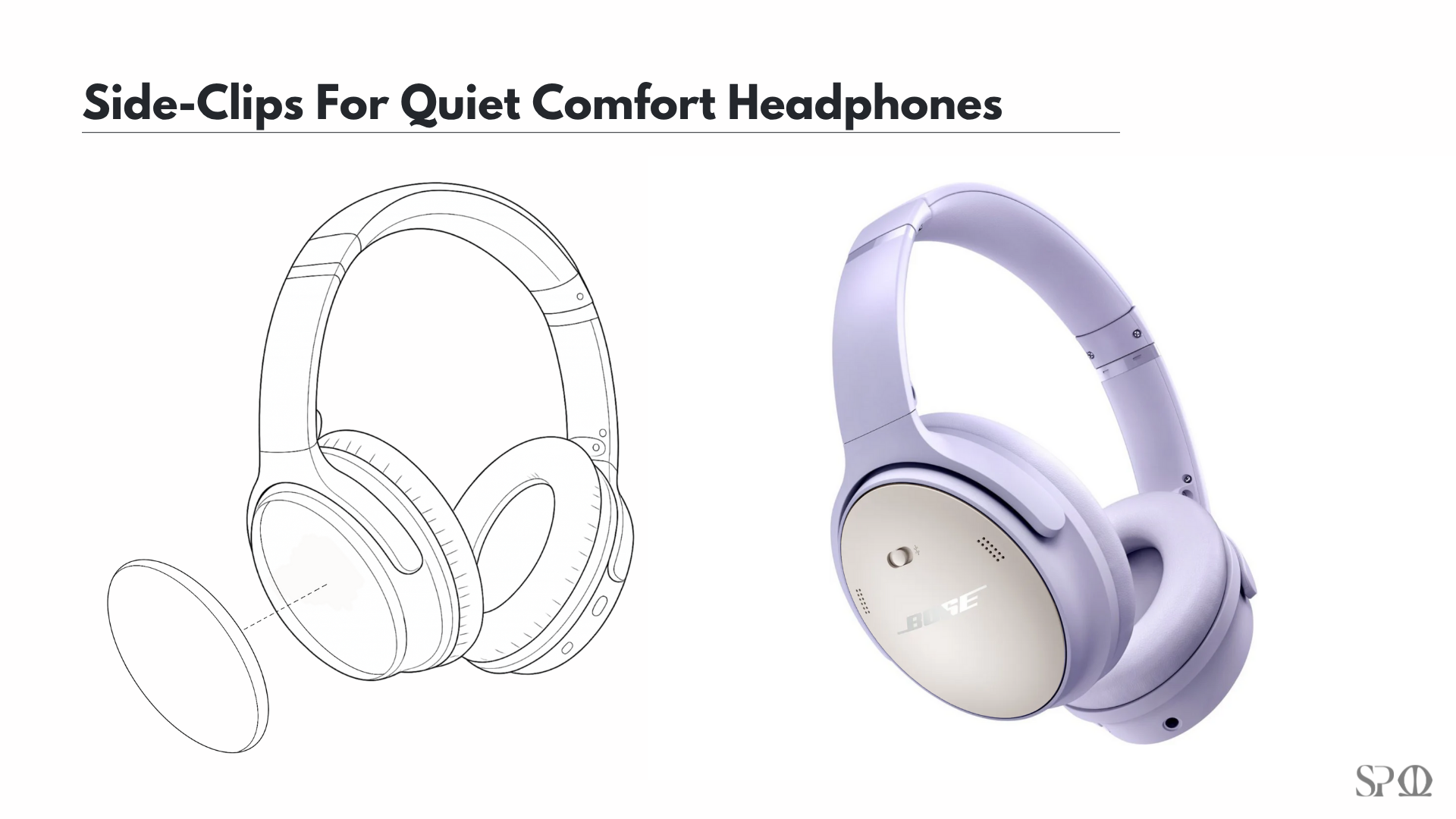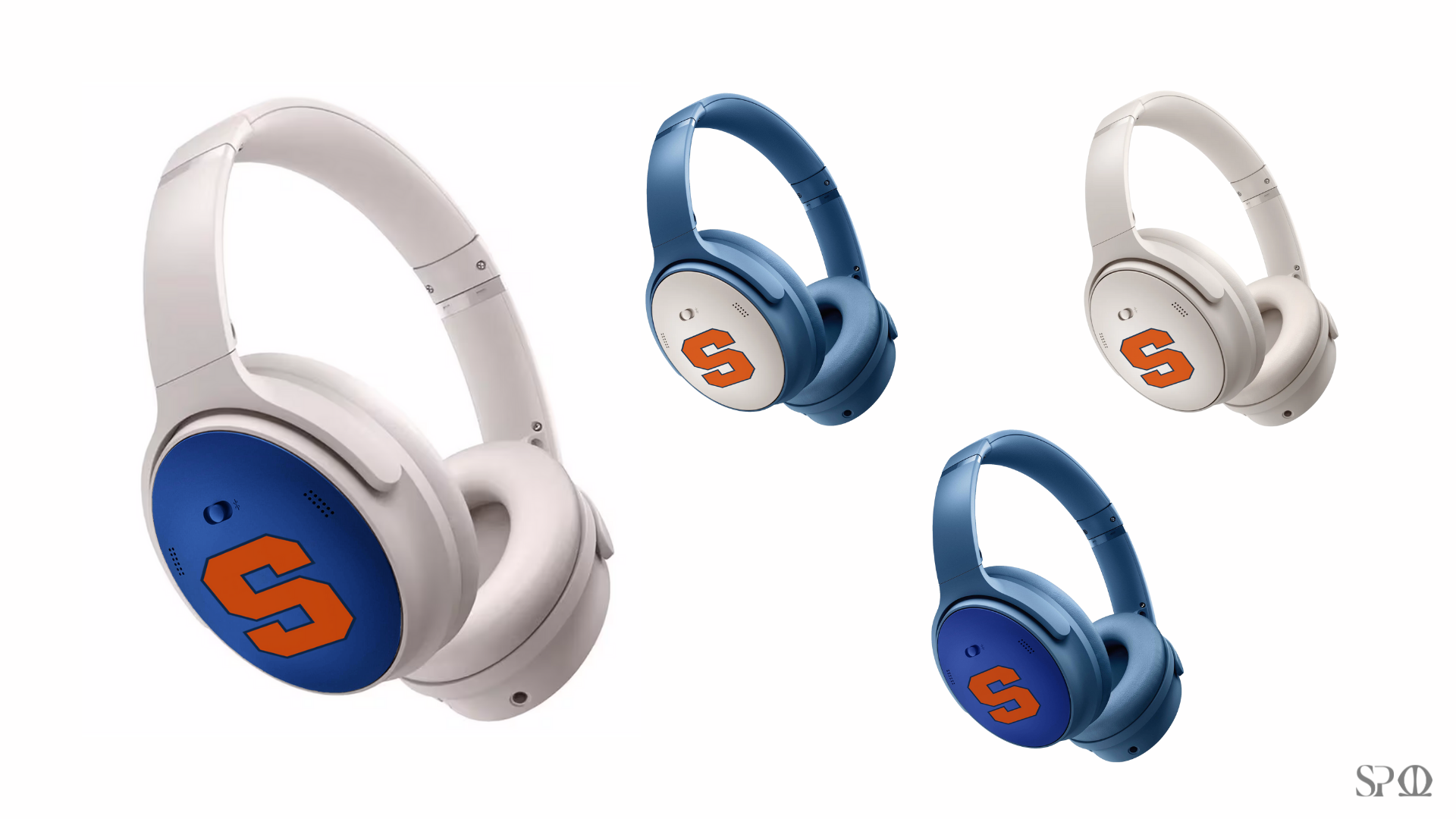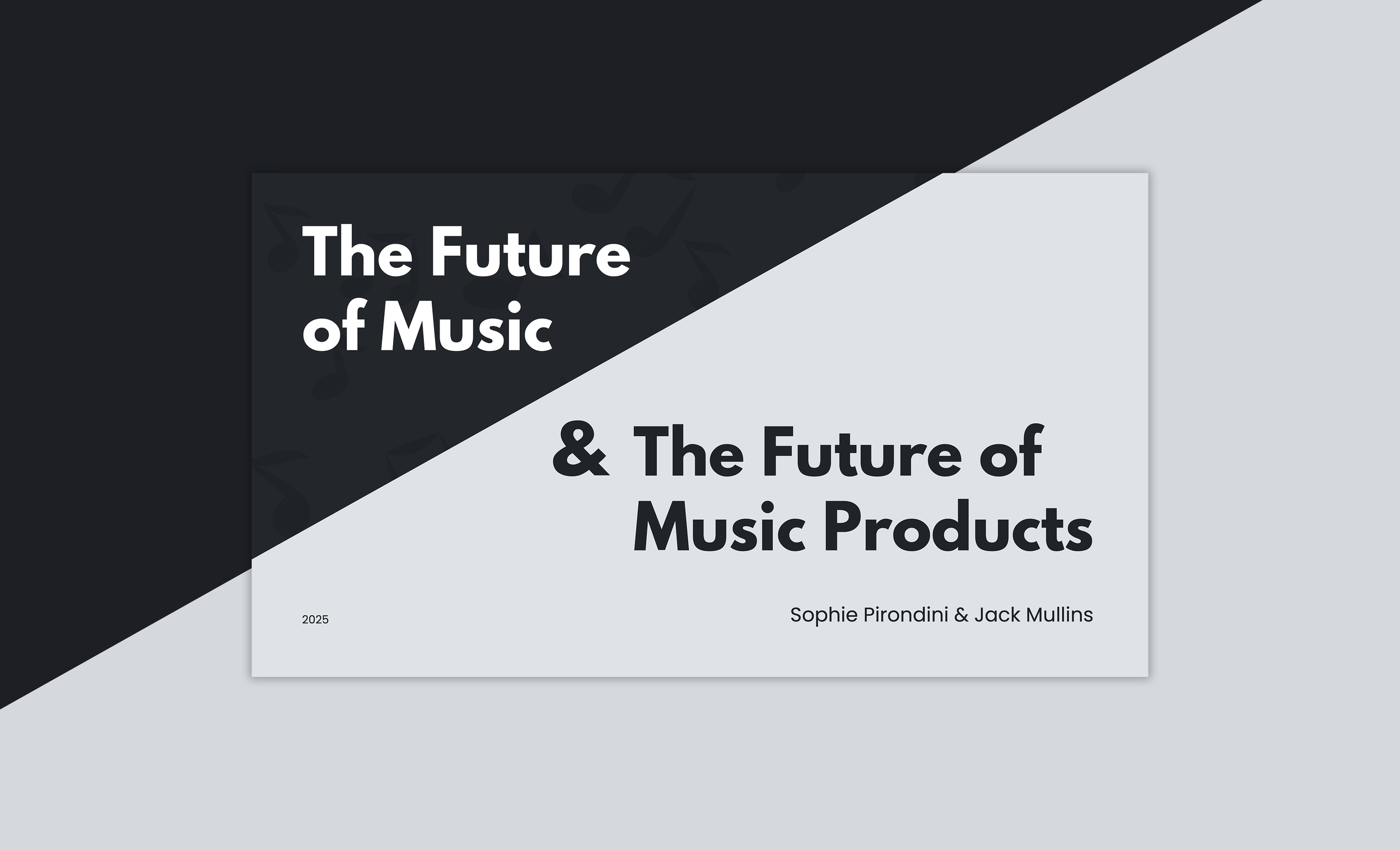
Primary Research
Recorded interviews with 16 Syracuse University students
Attended and recorded various live music events
Distributed an online survey about music listening habits to Syracuse University students
Conducted a diary study involving 8 Syracuse University students
Logged phone pickups from 8 Syracuse University students

Recorded Content
16 Syracuse University students, ages 18 through 24 and academic years 1st through 5th, were interviewed on video about their interactions and experiences with music listening (streaming, live music, where things are headed, etc.)
We attended and recorded a wide variety of live music performances to thoroughly understand the experience of live music firsthand. Recorded content ranges from street performers and college basement shows to renowned orchestras and popular nightclubs.

Presentation of Survey Data
To contextualize our findings, we uncovered a survey distributed to University of Vermont students in 2015 that asked questions very similar to our survey.
The 2015 UVM data not only supplements any shortcomings in our data, but also shows how music listening habits have developed over the past 10 years, providing an indication of how things may shift in the next 10 years.
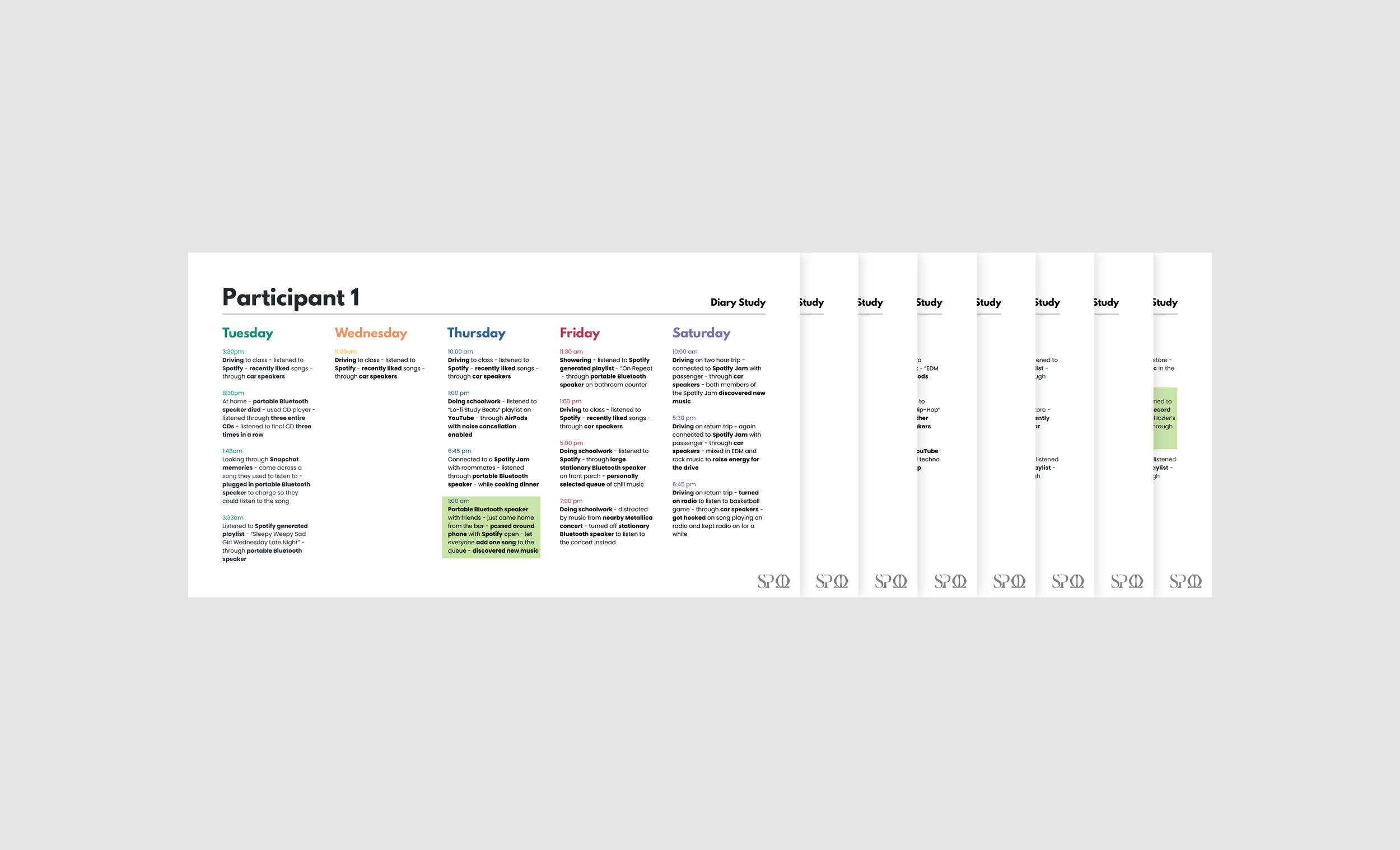
Diary Studies
8 Syracuse University students were asked to report their music listening routines for 3-5 days.
Diary studies gave us the “who, what, where, when, why, and how”s of student music listening.
We represented each participant’s data with consistently color-coded days and bolded text for actions and mediums.
Highlighted entries represent “notable actions”. A participants “notable action” is the most novel action (among our data) that they logged.
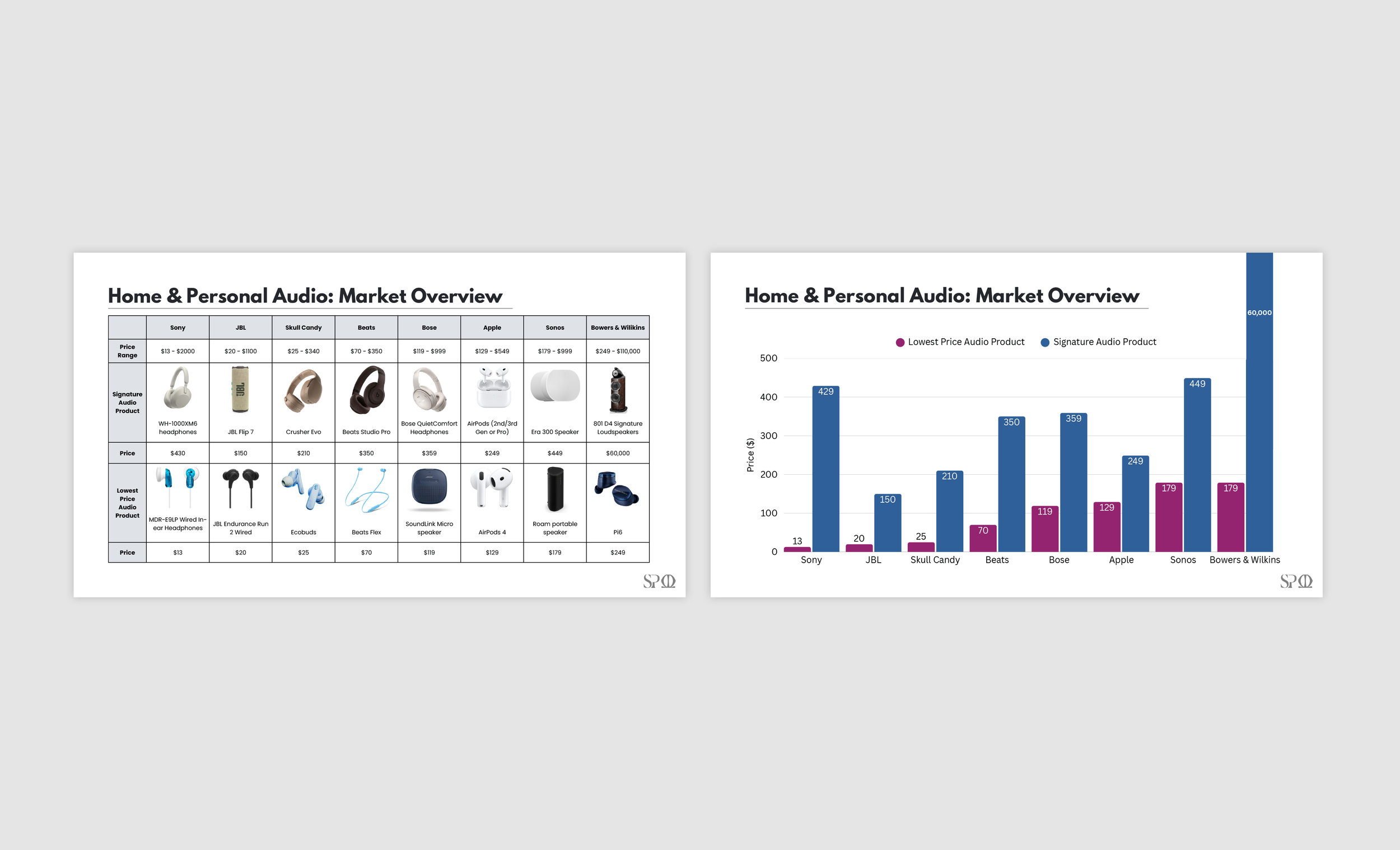
Secondary Research
Pivoting to audio products, we used secondary research to provide a thorough examination of
The current audio product landscape
The Gen-Z consumer’s mentality when making purchasing decisions
Unique strategies other brands have successfully employed to introduce new product

Leverage Points
From our research we presented Bose with 3 “leverage points”, areas in the product design and marketing space that when accounted for in the design process can create a dominant product in the Gen-Z consumer marketplace.
Accessibility: Create a product that is easy for the consumer to buy, not requiring them initially to make a strong pivot away from an industry-leading/trusted brand.
Price: Create products for different price ranges, but design them to target different audiences and interests, making them valuable rather than “cheap”.
Low-Commitment Customization: Whether a brand provides the customization support themselves, or it is found on aftermarket websites, there is a strong Gen-Z market for customization products.
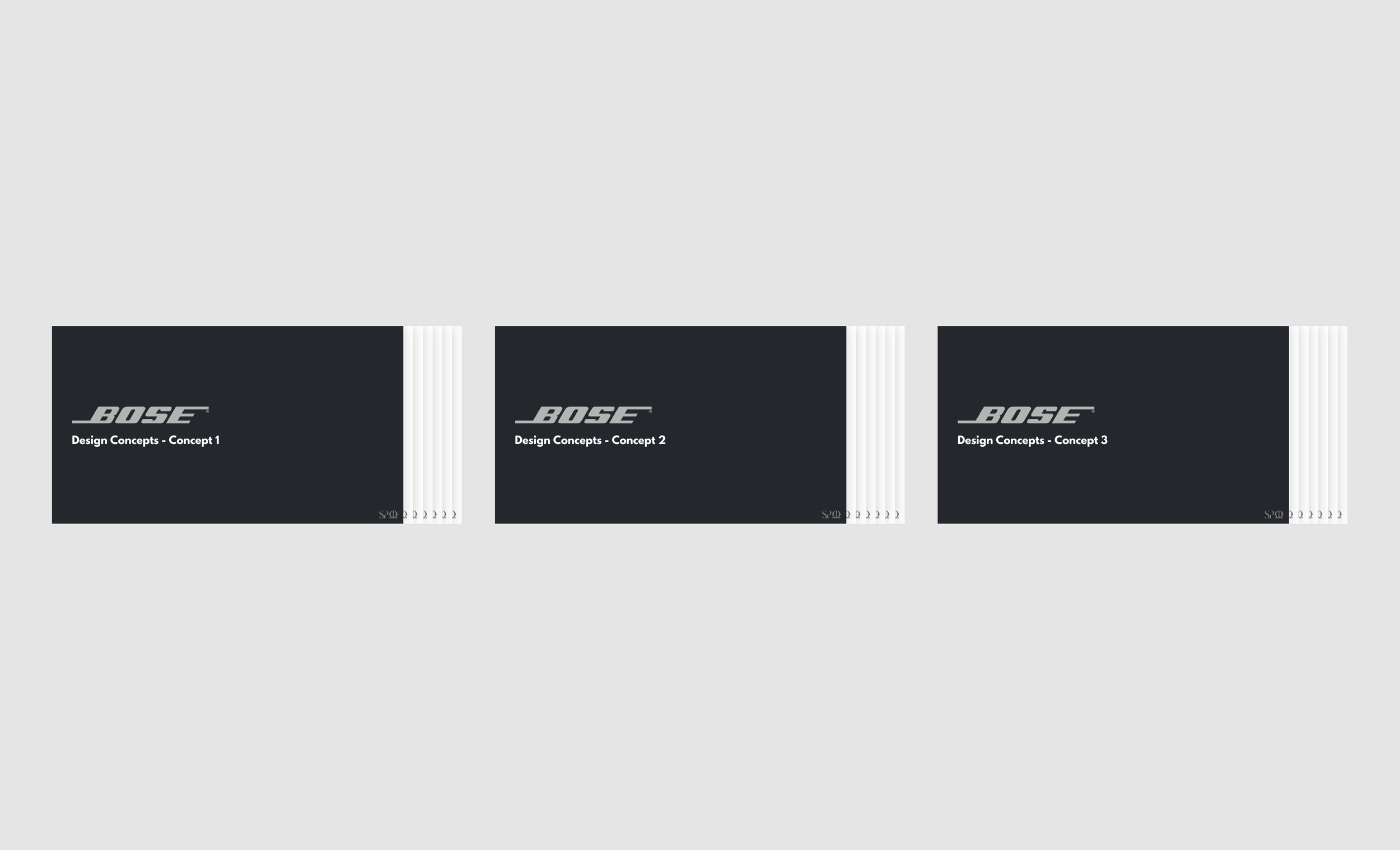
Product concepts
Using different combinations of the leverage points presented, alongside various details pulled from the full span of our research, we mocked up 3 concepts to present to Bose.
These concepts were founded on the principles of creating low cost products that would be easy for consumers to buy, giving them more opportunities to engage with the Bose brand, and creating products that could be stocked in large displays, increasing Bose’s store presence and impression on consumers.
Each concept introduced an easily actionable new product opportunity, supported by a story of how Gen-Z consumers would receive and interact with the product as a part of the Bose brand.

concept 1 - SIde-Clips
Noticing that the side panel on Bose’s most popular product, the QuietComfort headphones, was already a separate component, we mocked up how these side panels could be designed to be easily interchangeable. This would allow for sets of unique side-clips to be sold as low-price and easy product customization. Currently, the QuietComfort headphones are asymmetrical, with a bluetooth slider disrupting the symmetry on one of the side panels, making each panel side-specific. If Bose wanted to run with this idea, they could make the panels identical on both sides of the headphones, allowing for interchangeability.

concept 2 - Silicone Clips
Silicone clips provide an easy way to add a customization element to any of Bose’s existing headphones. The clips could be sold in a variety of colors, sizes, and materials to give users the opportunity to make a truly unique combination of accessories. The idea to sell clips in different materials stems from recent examples of companies jutting into “luxury” spaces by wrapping their products with premium materials such as expensive leathers.

concept 3 - Bass Bracelet Wearable
The bass bracelet wearable device is a concept that executes on all of the leverage points identified throughout the presentation. This device produces a haptic sensation on the user’s wrist corresponding to the bass of the music that they are listening to, creating a full-body music experience akin to live music.
This product would be $80 or less, have a sleek form with the bulkier portion of the bracelet used for branding, and most importantly be able to pair with any music listening device. That’s right, an Apple AirPods or Sony Headphones user would be able to use this wearable with no problem. This would be the lowest-priced device in Bose’s lineup and create an easy-access way to get consumers into the Bose brand without the commitment of having to buy an expensive pair of premium headphones.

